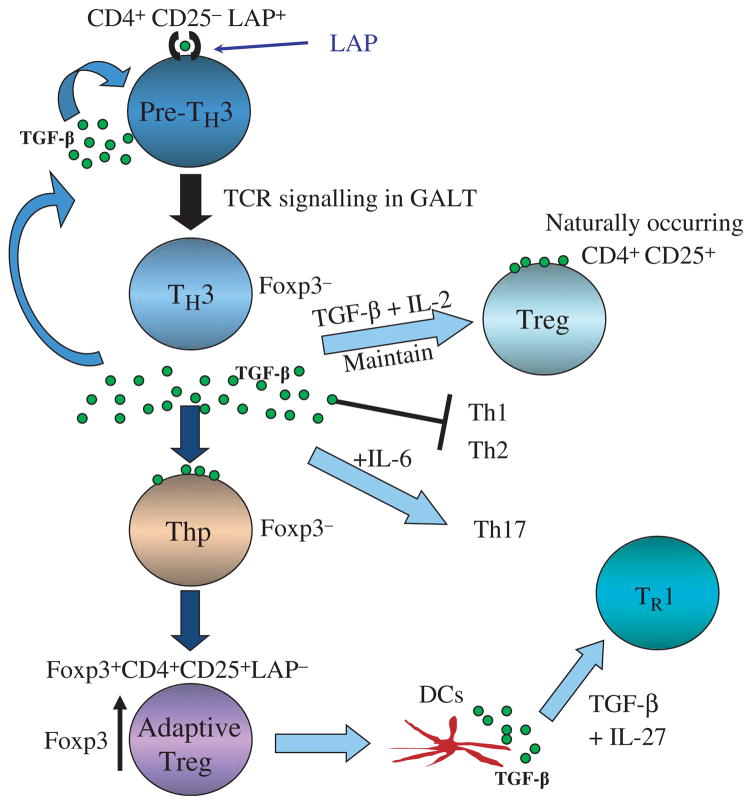Fig. 2. Regulatory T-cell cascade following induction of Th3 type Tregs by oral antigen or oral anti-CD3.
A Th3 cell is a CD4+CD25−Fox-p3 7−LAP+ cell that exists in the peripheral immune compartment and is triggered by TCR signaling in the gut by oral antigen. Following triggering in the gut, the Th3 cell secretes TGF-β. Secreted TGF-β acts to maintain naturally occurring CD4+CD25+Foxp3+ Tregs, suppress Th1 and Th2 responses, and in concert with IL-6 may induce Th17 responses. Secreted TGF-β from Th3 cells also acts on CD4+Foxp3− cells and converts them to iTregs, which are Foxp3+CD25+LAP−. Depending on the milieu, these cells may become Foxp3+CD4+CD25+LAP+. These induced Tregs may also condition DCs to secrete IL-27 and in turn induce IL-10-secreting Tr1 cells. LAP, latency-associated peptide; TGF, transforming growth factor; TCR, T-cell receptor; GALT, gut-associated lymphoid tissue; Foxp3, forkhead box protein 3; IL, interleukin; DC, dendritic cell.

